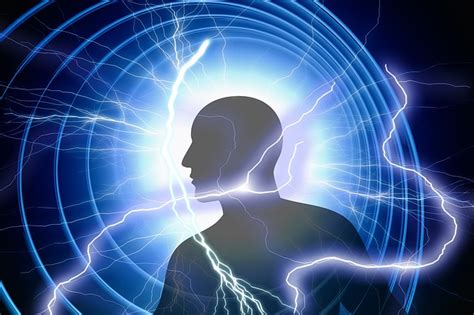Ep. 016 Gamma Frequencies for the Brain

Using Gamma Frequencies for the Brain, with Anadi Martel
Today’s Guest
Anadi Martel, physicist and electronics expert, designs instruments for use in the exploration of sound and light. He acts as a consultant in special projects for organisations such as IMAX, Cirque du Soleil and Metropolitan Opera of New York. His sound devices have been used around the world, including by NASA.
Anadi’s focus is the interaction between technology and consciousness. He has researched the therapeutic properties of ligh for thirty years. He designed the multi-sensorial system, the Sensora combining audio, visual and kinesthetic (touch) stimulation to produce a profound therapeutic experience.
Anadi served as the president of the International Light Association for 7 years. He recently published a book titled ‘Light Therapies – A Complete Guide To The Healing Power of Light’ available in both French and English.
Key Notes
- 3:30 An explanation of brainwaves – alpha, beta, theta and delta.
- 6:20 Brainwave entrainment, using the ‘resonance effect’ allows our brain waves to be effected by external frequency pulses.
- 8:00 Billions of neurons put out a tiny electric field & will start to pulsate together in synchronisation from input from light, sound and touch.
- 10:16 The brain puts out a myriad of different brainwaves simulataeously.
- 12:12 Gamma frequency brainwaves are newly discovered faster than beta (30 to 100 Hz).
- 13:35 Gamma brainwaves are thought to be linked to higher consciousness and intuition, so is often studied during meditation.
- 14:15 In 2015, a researcher found that the first brainwaves to disappear in altzeimer’s disease is the gamma. She found using gamma light frequencies (40 Hz) in mice changed microglia in brain for only one hour reduced brain plaque.
- 18:40 Specifically 40 hertz has a very physiological & biochemical effect on the brain. A few hertz above or below won’t produce the same effects.
- 19:50 The flicker fusion rate is 50 to 60 Hz, where the eye no longer perceives a flicker.
- 20:30 Gamma can be produced as a result of a relaxed alpha brainwave state.
- 24:15 Gamma frequencies are not being researched for Parkinson’s disease, dementia and brain degenerative conditions.
- 26:12 Gamma frequencies can be administered to the brain either via eyes (optic nerve) or with infrared via the skull.
- 29:59 Two other brain frequencies have been recently discovered – sub-delta, Epsilon (very low at below 1 Hz) & very high Lambda (100 – 200 Hz).
- 31:30 Ultra slow frequencies deficiencies appear in children who have ADHD. Slow rhythmic light pulsations help in these cases.
- 34:50 Using several pulsating rhythms together are a more natural and gentle way to help the brain than using one solo frequency, such as with stroboscopic goggle systems.
- 39:47 Very slow sub delta pulses can be a trigger an altered state of consciousness.
- 44:37 Anadi speaks about his own research developments using gamma frequencies for brain health, in aged cared centres.
- 49:30 Studies show that light combined with other stimuli, like sound and touch, give greater effects on the brain.
Listen To Podcast
Links & Resources
Sensortech www.sensora.com
Book – ‘Light Therapies: A Complete Guide to the Healing Power of Lightwww.light-therapies.com
Article – Scientists Have ‘Cleared’ Alzheimer’s Plaque From Mice Using Only Light And Sound
Receive News
Yes, please keep me informed of new news, podcasts, developments in the field of light therapy






